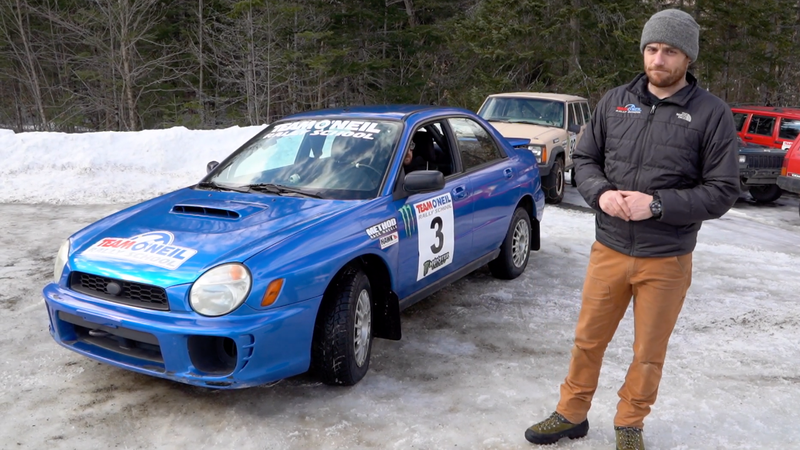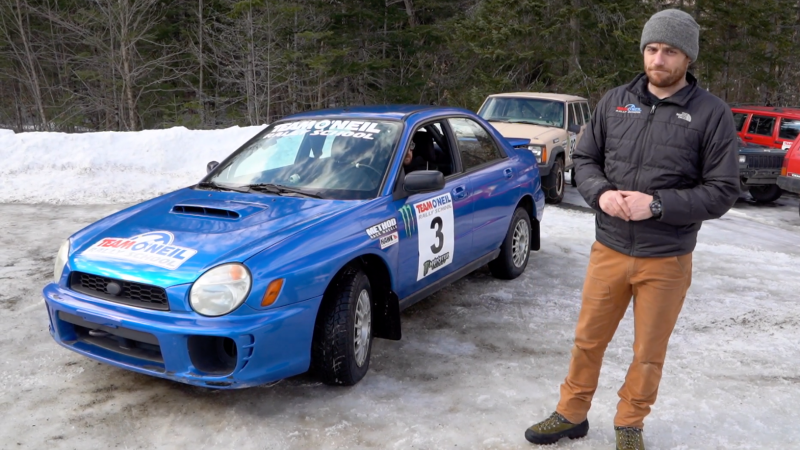
No matter what kind of car you’re driving, power likes to go to whichever drive wheels have the least traction. That’s a big part of why driving on slippery stuff can feel sketchy, and why things like limited-slip differentials and traction control were invented. This video shows exactly what different setups do on the same patch of ice.
Some of you might recognize rally champ Wyatt Knox of the Team O’Neil Rally School here. While one of his colleagues climbs into different kinds of cars chained to an immobilized Jeep and mashes the gas pedal, Knox narrates and explains how each car is trying to get traction.
The main takeaway is that limited-slip differentials help get you power where your wheel can bite the ground. But even if you already knew that, this demonstration is neat to watch. It’s also interesting to see two types of traction control in action: one that applies brakes, and one that simply cuts power to the drive wheels.
The demo shows us a two-wheel drive vehicle with an open differential, one with a limited-slip differential, one with traction control, and an all-wheel drive Subaru with open differentials, and an all-wheel-drive Subaru WRX with a limited slip rear.
Advertisement
It’s also pretty interesting to watch an old four-wheel drive Jeep Cherokee XJ, and a new Jeep Cherokee KL with traction control, take the same test. When it comes to maintaining forward motion on slippery terrain, the modern Jeep looks quite capable here.
One thing I learned watching this that has actually never occurred to me is the fact that the length of a vehicle’s driveshaft also affects which wheels will be spun when traction is poor. The video does a good job helping us visualize that, too.
There’s a lot more to learn about differentials and traction control than what we get to see here, particularly their inner workings, but it’s cool to be able to see several distinctly different systems struggle with the same piece of ice. And of course, all this is important because knowing what’s going on underneath your car can help you be a better driver.













